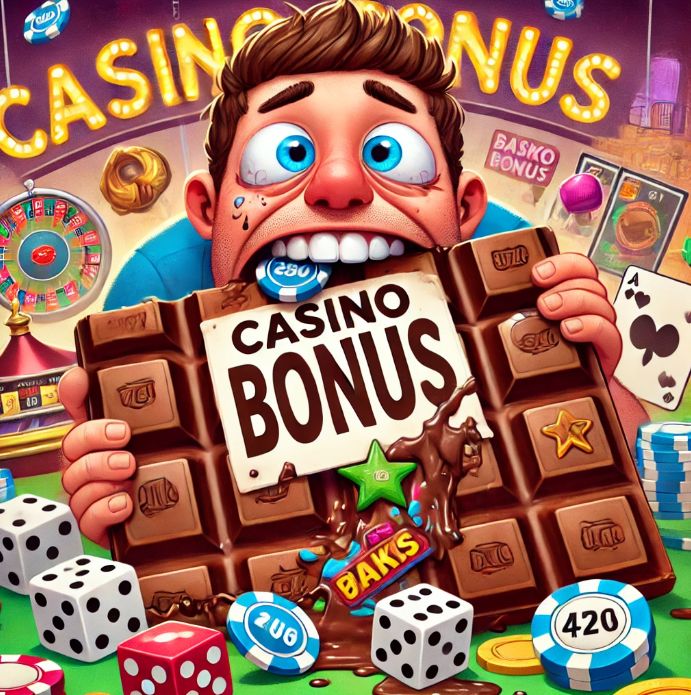How the rates of bets work: a simple explanation for beginners 🎲
When it comes to bets, the coefficients play a decisive role. But what is it and how they work? Let's figure it out so that you can make more reasonable bets and understand your chances of victory.
What are coefficients?
The coefficients show the probability of an event. The higher the coefficient, the less likely the outcome. For example, a rate with a coefficient of 10.0 means that the event will happen with a low probability, but the gain will be significant if this happens.
Types of coefficients
- Decimal (2.5)
The easiest look. For example, a rate of 100 rubles for a coefficient of 2.5 will bring you 250 rubles when winning. - Fractional (1/4)
This type is used in the UK. For example, the coefficient of 1/4 means that the winnings will be 1 ruble for every 4 rates of the rates. - American (-200)
If the coefficient is positive, the rate is higher, if negative, then the event is probable. The coefficient -200 means that you need to put 200 rubles to win 100.
How to use rates for bets?
The coefficients help assess the risk. If you want to bet on an event with a low probability, this is a highly risked rate, but the winnings will be higher.
Conclusion
Understanding coefficients is an important skill for those who want to bet wisely. Learn to analyze events, use the coefficients and make conscious rates. The game is always better than the game at random!





